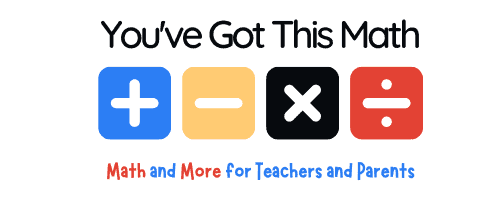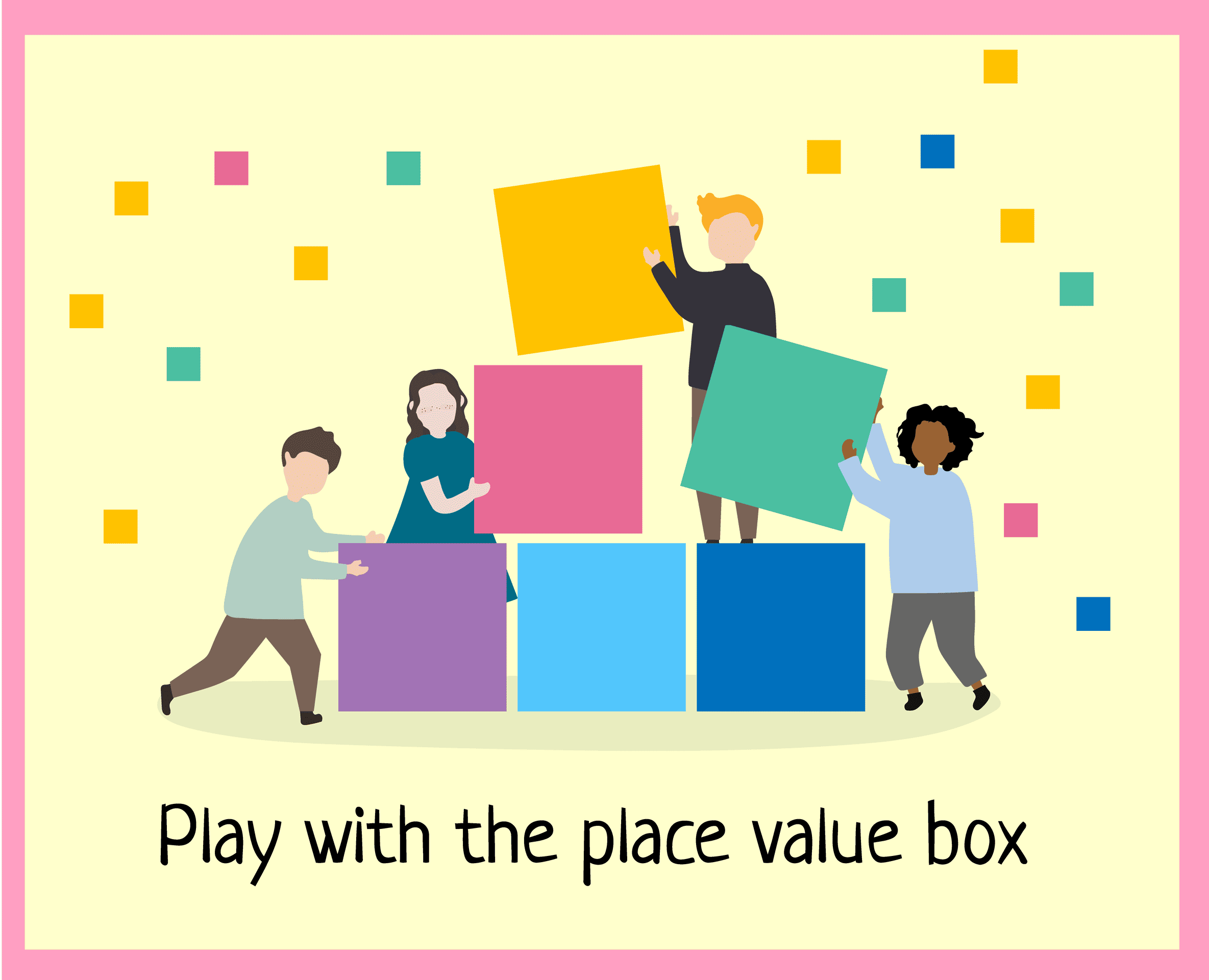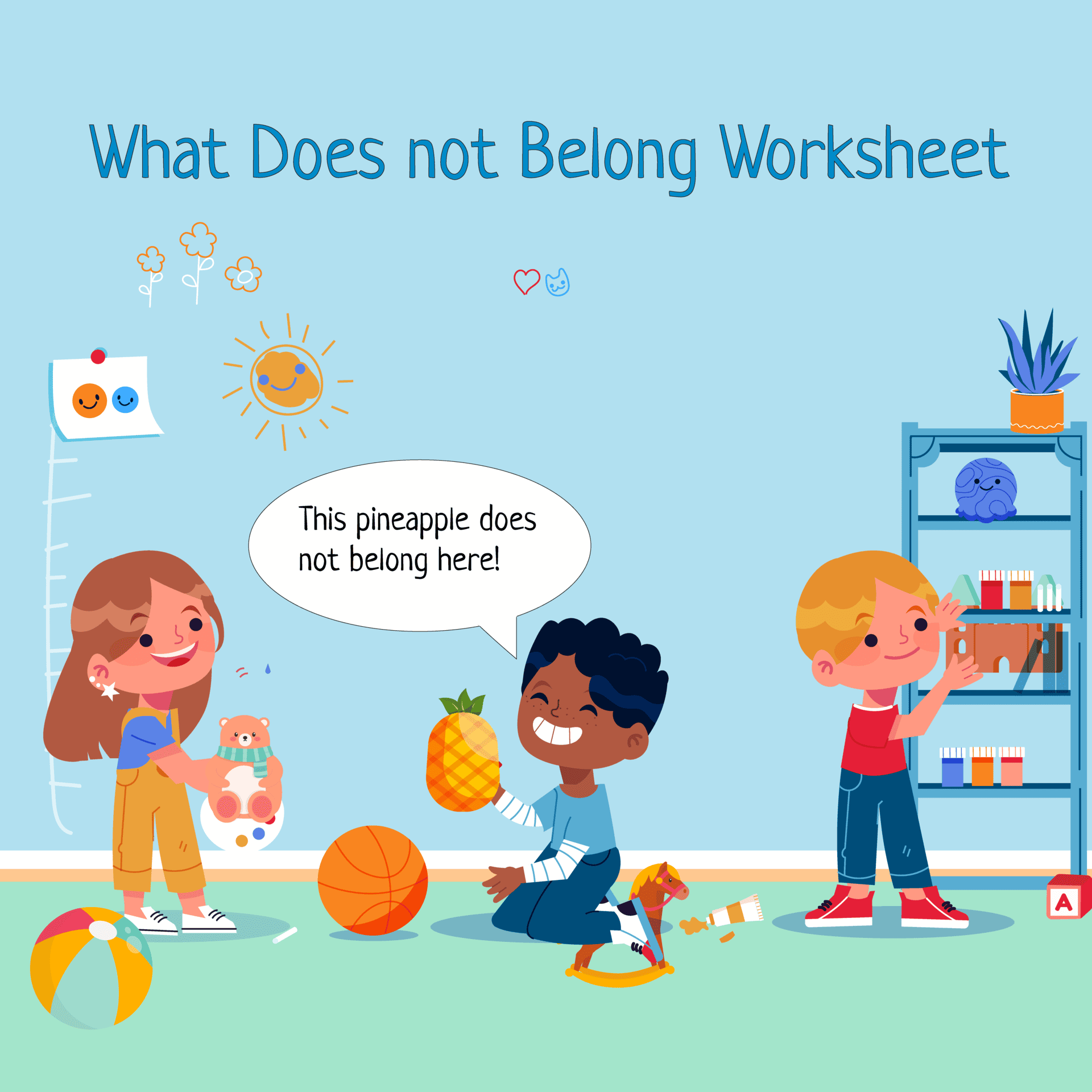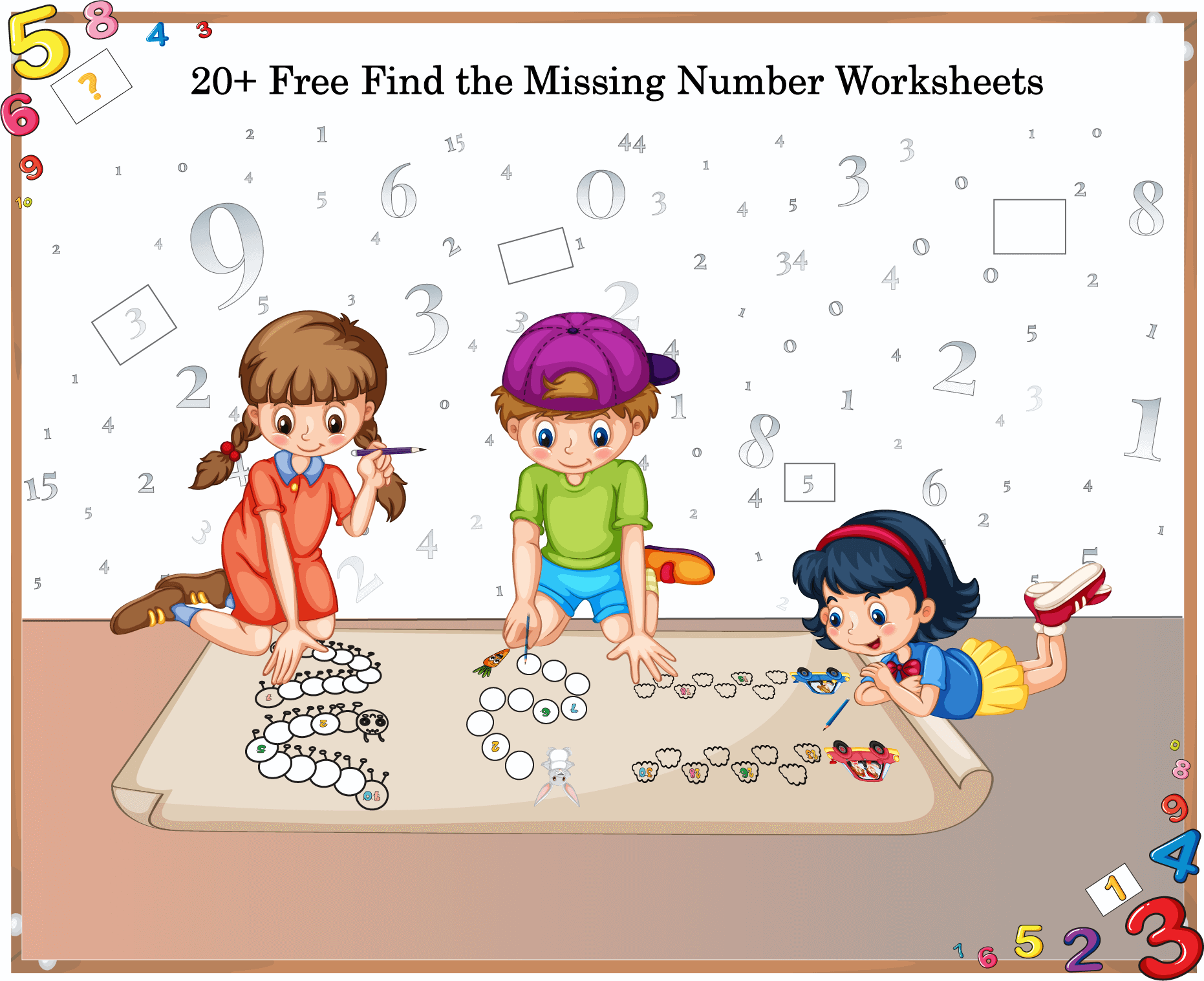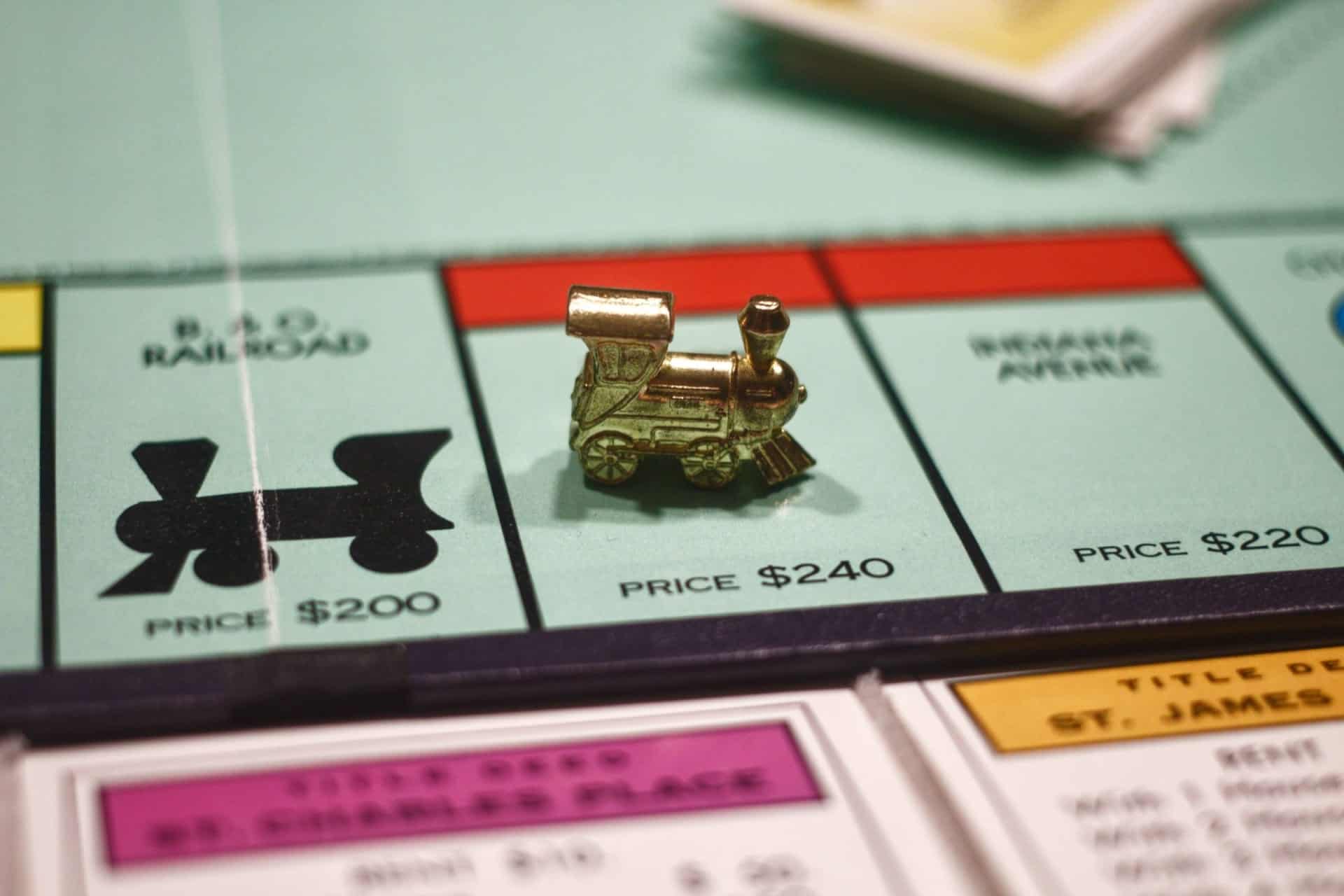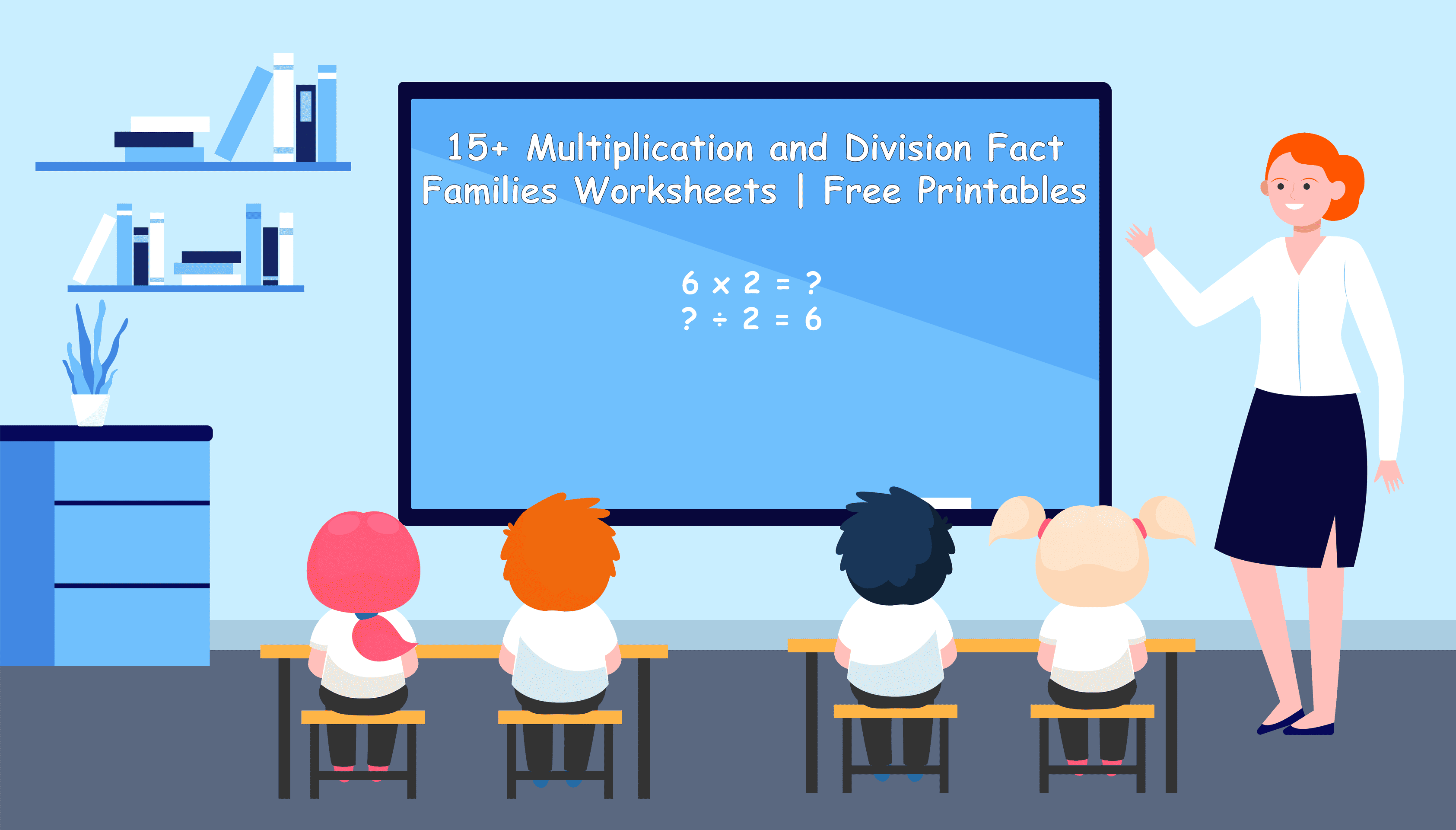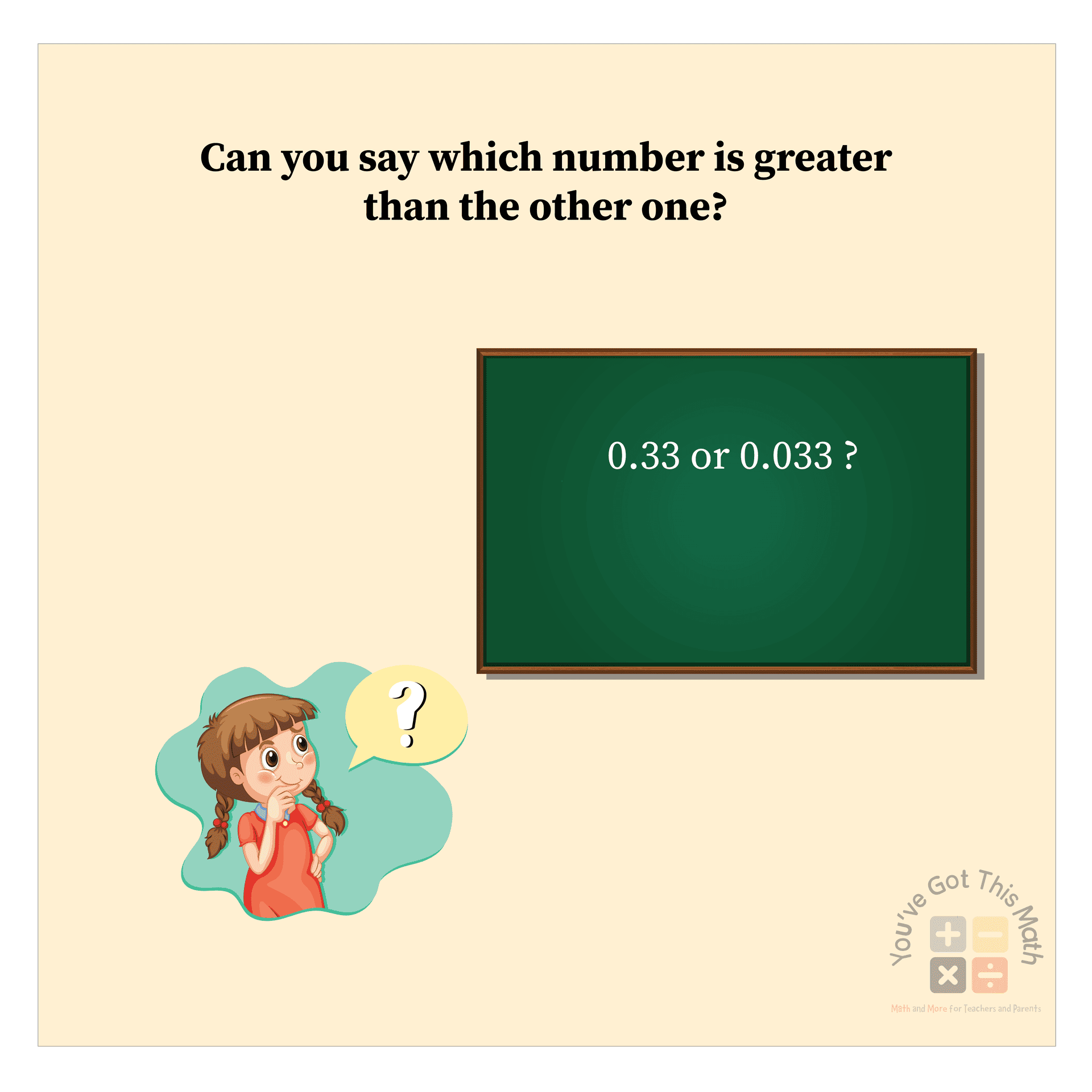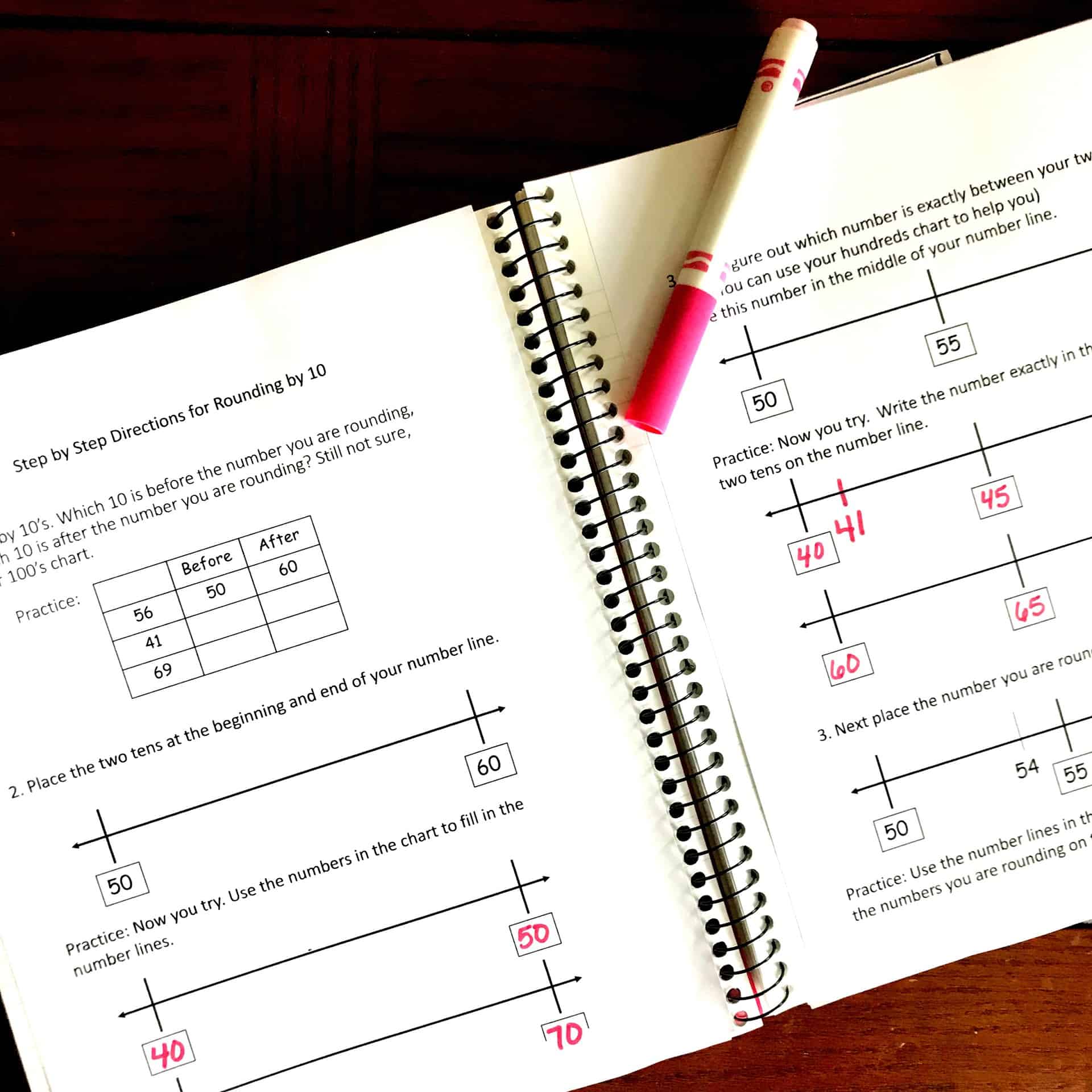10 Place Value Blocks Worksheets | Free Printable
These place value block worksheets will help to visualize and understand place value and number systems. 1st & 2nd-grade Students will learn basic number sense methods and can improve their basic math skills with our free printable place value block worksheets.
10 Free Place Value Blocks Worksheets
Download the following worksheets to teach your kiddos counting with place value blocks.
This article is introducing you to a number of funny and interactive activities to find place values by using place value blocks worksheets.
This worksheet will improve the number and counting sense of your kiddos. Hopefully, they will love the worksheet.
15 Fun Activities to Find Numbers in Place Value Blocks
Get in the fun activities, download the practice worksheets, and practice more to develop the basic mathematical operation skills of your students.
Number Sense in Ten Frames in Place Value Blocks Worksheets
Your student needs to count the colored circles or dots within ten. Help them to count the numbers carefully and write down the numbers in the blank space.
Make 10 with Ten Frames in Place Value Blocks Worksheets
Here, your students will be given a total of 10 numbers of dots or circles. Among them, some of the circles are colored. But your kiddo needs to find out how many dots need to be filled to get the total of ten colored dots.
Addition with Ten Frames in Place Value Blocks Worksheets
You have given a number of dots in two sets. You just need to count the dots and add them together. After addition, write the result in the blank space.
Grouping Blocks into Tens and Ones in Place Value Blocks Worksheets
Here you need to count all the blocks first. Then separate them as tens. For example, if you have 24 small blocks, then separate them into 2 columns of 10 and 4 separate small blocks.
Counting Tens and Ones in Place Value Blocks Worksheets
Here, you need to count how many tens columns are there and how many small blocks are there. Write down the number of tens columns and the number of small blocks in the specific place. Then write down the number in the blank space.
Breaking Numbers into Tens and Ones in Place Value Blocks Worksheets
Here, numbers are given, and all you need to represent the numbers with blocks and draw them in a specific space. Remember that columns built with blocks are representing tens. To represent 34, you need three columns and 4 small blocks.
Addition with Ones and Tens Blocks in Place Value Blocks Worksheets
Here, you need to add the numbers by representing them with blocks. For example, if you want to add 21 and 36, you need to represent 21 by 2 columns of blocks and one small block and 36 by three columns of blocks and 6 small blocks. As a result, you will find 5 columns of blocks and 7 small blocks. So, you will find the sum 57.
Subtraction with Ones and Tens Blocks in Place Value Blocks Worksheets
Here, you need to subtract the numbers by representing them with blocks. For example, if you want to subtract 21 from 36, you need to represent 36 by 3 columns of blocks and 6 small blocks and 21 by two columns of blocks and 1 small block. As a result, you will find 1 column of blocks and 5 small blocks. So, you will find the result is 15.
Multiplication and Division of Base Ten Blocks in Place Value Blocks Worksheets
Here, all you need to multiply and divide numbers. For multiplication 12 and 10 can be multiplied and get the result 120. All 12, 10, and 120 will be represented with a set of blocks. Similarly, for division, you need to divide 100 by 5 and get the result of 20.
Count and Compare Two Digit Numbers in Place Value Blocks Worksheets
It is also a counting activity. Count the blocks and write the numbers below the blocks. Then, compare the numbers. Use greater than or less than signs in the given circle for comparison.
Count the Three-Digit Numbers with Place Value Blocks
You need to count the blocks here also. But remember that every plane of blocks represents a hundred and a column of blocks represents ten. For example, if there are two planes and five columns of blocks then the number is 250.
Ten Blocks Conversion into Thousands in Place Value Blocks Worksheets
This action is comparable to the one before it. Simply count the worksheets’ columns and planes. Note the number of thousands in that particular location.
Match the Number by Counting Place Value Blocks
This is a matching activity. Count the blocks and get the number. Then match the number with the given numbers with the blocks like in the following picture.
Base Ten Mats in Place Value Blocks Worksheets
Give them a 3- or 4-digit number to dictation and ask them to place each digit in the proper column.
Base Ten Charts in Place Value Blocks Worksheets
Make use of these pdf charts to teach kids about place value concepts like how 10 ones make a ten, 10 tens make a hundred, and 10 hundred make a thousand.
Download the Worksheet
Download the following worksheet and practice with your students.
So today, we’ve discussed mathematical operations with place value block worksheets using the concepts of number sense, making 10, addition, grouping blocks, counting tens and ones, breaking numbers, addition, and subtraction with ones and tens, etc. Download our free worksheets, and after practicing these worksheets, students will surely improve their mathematical skills and have a better understanding of number sense.

Hi there! This is Souptik Roy, a graduate of the Bangladesh University of Engineering and Technology, working as a Content Developer for the You Have Got This Math project of SOFTEKO. I am a person with a curious and creative mind. After finishing my Engineering degree, I want to explore different fields. This is why I am working here as a content developer. I have a massive interest in creative content writing. When I find that someone can learn something from my articles, this gives a lot of inspiration. hopefully, you will find interest in my article, if you have a child and want to teach them math with fun.
